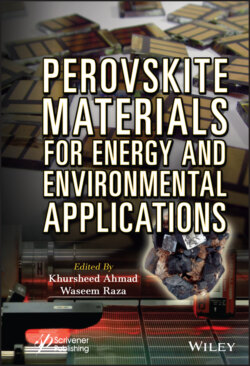Читать книгу Perovskite Materials for Energy and Environmental Applications - Группа авторов - Страница 44
2.5.3 Low Recombinations
ОглавлениеIn the recombination process, the excited electrons in the conduction band deexcite in the valence band and occupy the hole. This process can also be termed as electron hole pair recombination. This process competes with the process of separation of the excitation to electrons and holes and their collection at the electrodes. Because of this, there is a decline in the efficiency and current of the solar cell [32].
Recombinations are of two types: radiative and nonradiative recombination. When an electron deexcites from conduction band to valence band it releases a photon to release energy called radiative recombination. Whereas in nonradiative recombination, when an electron deexcites the energy is released in the form of heat. It causes harm to the performance of the cell. The device gets heated up during nonradiative recombinations due to which efficiency gets decreased.
Diffusion length is defined as the average length a carrier moves between its generation/formation and its recombination. On the basis of diffusion length parameters, the semiconductor material can be assessed for solar cell applications. Semiconductor materials have a shorter diffusion length and higher recombinations because they are heavily doped. If the diffusion length is higher, then the longer will be the lifetime of recombinations, the better the collection of carriers at the electrode. CH3NH3PBI3−xClx has a diffusion length of more than 1 micron. This diffusion length is almost three times the thickness of the film in solar cells [37].
For constructing planar heterojunction solar devices this characteristic is very important. As the diffusion length of perovskite(CH3NH3PBI3) is only a hundred nanometer, so for transportation of charges to terminals, a nanoparticle system of a mesoporous TiO2 is required [38].
